Never one to let a fabulous outfit go to waste, I have no problem wearing my favourites over and over again. As we know, the most sustainable outfit is the one already in your closet. The second best is secondhand. But failing those two options? How can we buy something new without extracting from nature and causing harm to people and the planet?
The textile industry has started to embrace the many opportunities in waste recycling. Our waste, the biggest contributor to greenhouse gasses, is now seen as a usable byproduct. Could it even be recycled into something of a value? At once solving both environmental problems of supply and abandon. While eliminating waste altogether is the ultimate goal, what we do with the waste we create now, should also be a priority.
In addition to the usual textile recycling of materials like polyester and PET, there are new techniques that transform waste into renewed materials. We have the ability to turn agricultural waste into natural fibres. So unsurprisingly, there’s a rush on more innovation that is well over-due. From exciting plant-based leather alternatives to the new generation of recycled nylon, the future of textiles is a closed-loop.
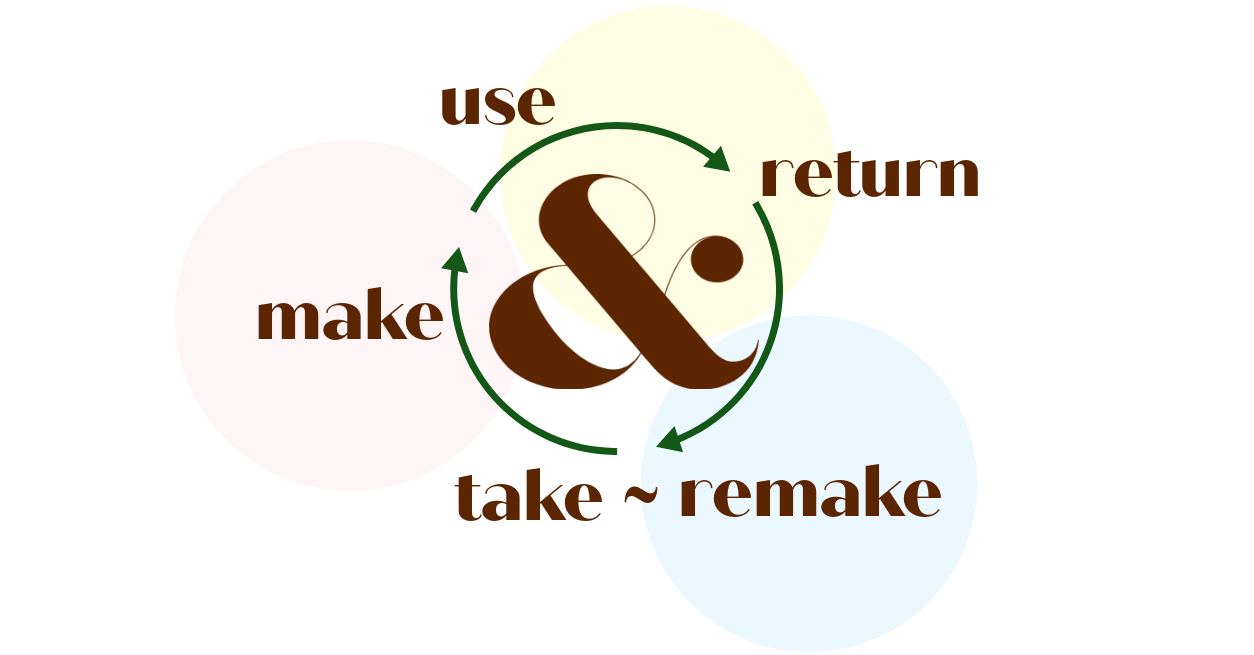
PIÑATEX LEATHER ALTERNATIVE
Piñatex is a non-woven material made from pineapple leaves that are the by-product of existing agriculture. Developed by Dr Carmen Hijosa a leather goods expert, who was consulting on the Philippines leather export industry in the 1990s. Shocked at the environmental impact of mass leather production and chemical tanning, she realised this could not continue, but knew that PVC alternatives were also not the solution. She was driven to research a sustainable alternative and even completed a PhD at the Royal College of Art London.
There are approximately 13 million tonnes of waste created by the global fruit industry every year. So using the discarded pineapple leaves helps reduce that and creates an additional income stream for farming communities. What’s more, after the fibre has been stripped from the leaf the leftover biomass is retained to use as fertiliser or bio-fuel – offering a further environmental prospect.
Dr Hijosa, inspired by the principals of a circular economy, created a natural, sustainably-sourced and cruelty-free material that is truly cradle to cradle. While the efficient reuse of all waste is important, the end product must also perform. Crucial to its success, Piñatex feels and behaves like natural leather is 100% organic and animal friendly.
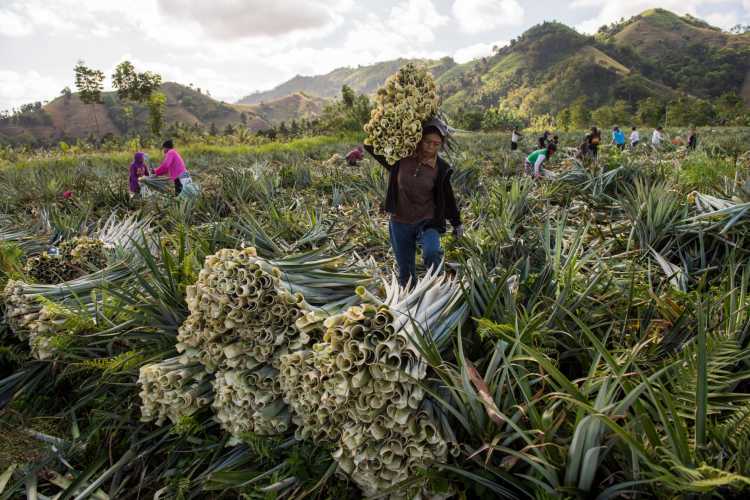
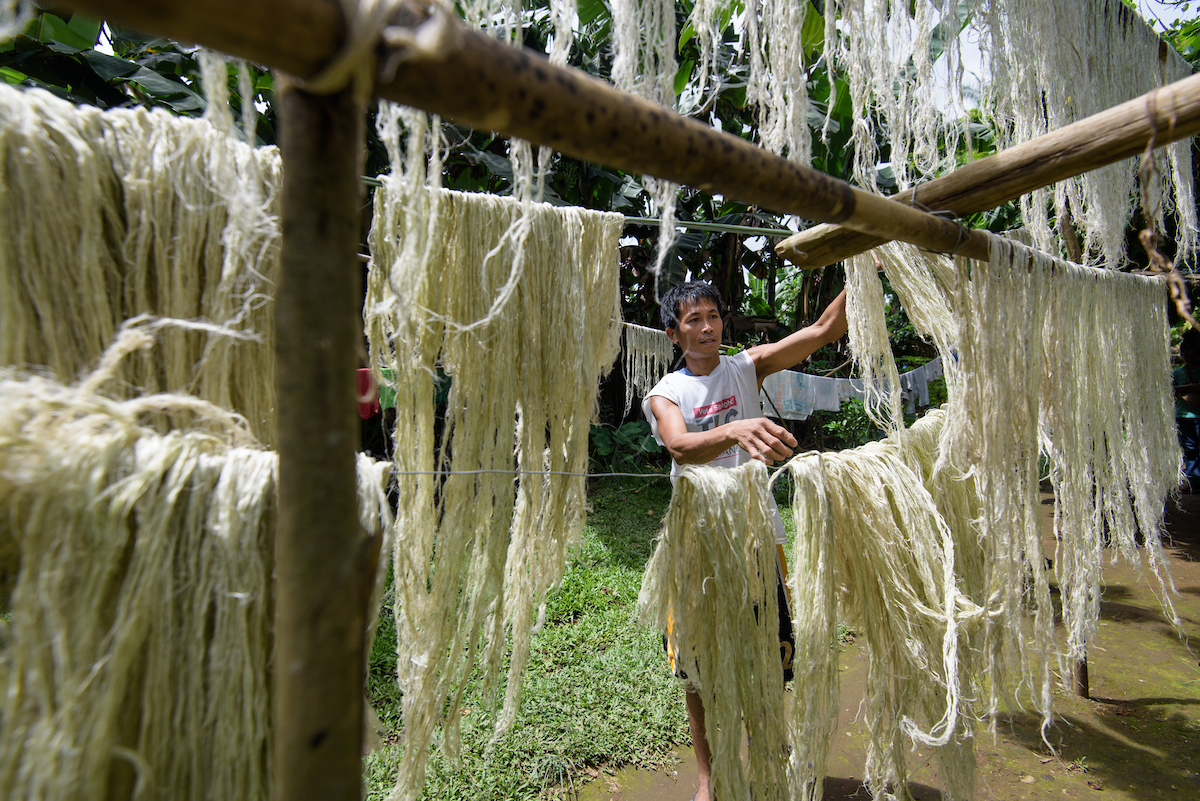
MILK FABRIC
Can you guess what type of waste this fabric is made from? Yes, that’s right, milk fabric or QMilk is derived from unwanted milk. According to Edinburgh University, 116 million tonnes of milk is wasted across the globe annually. Fortunately, there is a rather wonderful use for spoiled milk by way of regenerated protein fibre.
QMilch is a fabric made entirely of milk and is the brainchild of microbiologist and fashion designer Anke Domaske. Although the process of converting spoiled milk into fabric has existed since the 1930s, it previously involved chemicals which QMilch does not.
The material is feather-light and downy soft against the skin. It is hypo-allergenic, flame retardant, compostable, antibacterial and chemical resistant. Having worn a Milk fabric shirt, I can tell you it is more heavenly than the softest brushed cotton I’ve ever touched. Take a look at the designer Arielle for some examples of Milk fabric fashion.
In addition to its excellent properties, the process of creating Milk fabric is not water-intensive. Astonishingly, it takes just two litres of water to create one kilo (or 2.2 pounds) of material – compared to the 20,000 litres of water that go into the creation of one kilo of cotton. The milk is allowed to ferment before it is turned into a powder, which is then heated and mixed with other natural ingredients. The entire mixture is turned into yarn, which can be woven or knitted into the silk-like cloth.
ECONYL REGENERATED NYLON
Technically not agriculture, however industrialized fishing discards about 10% of all marine litter. Of which is mostly nylon fishing nets that kill approximately 308,000 whales, dolphins and porpoises each year. It goes without saying that ghost fishing nets are an enormous problem globally. Not just killing marine animals but also polluting the beaches of shoreline communities. Enter Giulio Bonazzi who put his Italian passion into finding a solution. Despite being told he was “crazy” Bonazzi made his dream a reality and after five years of research, created Econyl.
Econyl is made from recycled discarded fishing nets but that isn’t even the best part. Unlike other petroleum-based materials, this one can be infinitely recycled. The problem with plastic recycling is how few times it can be done before the material is rendered useless. However, the molecular structure of Econyl allows it to be recycled endlessly, making the material itself genuinely circular.
As for the quality of Econyl? Ask Stella McCartney and Kelly Slater for starters. Along with two of the most successful sustainable brands on the planet, other Earth-conscious labels are using the material too. You can see a full list here.
WINE LEATHER by VEGEA
The biotech startup company behind this exquisite leather alternative was founded in 2016 by Milan-based architect Gianpiero Tessitore. This innovative material has already attracted a great deal of attention in the sustainable fashion sector, winning awards and showcased at the Copenhagen Fashon Summit and Londons VA Museum in 2018. The company name VEGEA comes from the combination of VEG – Vegan and GEA – Mother Earth.
Wine leather, also known as grape leather is a byproduct of viniculture waste. Produced from discarded stalks, seeds and skins of grapes without the use of toxic solvents, heavy metals or dangerous substances. This new revolutionary material is the most ecological ever conceived, all while keeping the appearance of leather. Vegea manufactures several versions which differ by technical and aesthetic properties such as thickness, elasticity, weight, finishing, texture and backing textile depending on the intended use. Tested in great detail, it’s 100 recyclable, incredibly resistant, stable and naturally impermeable. Vegea expects to mass market in 2022.
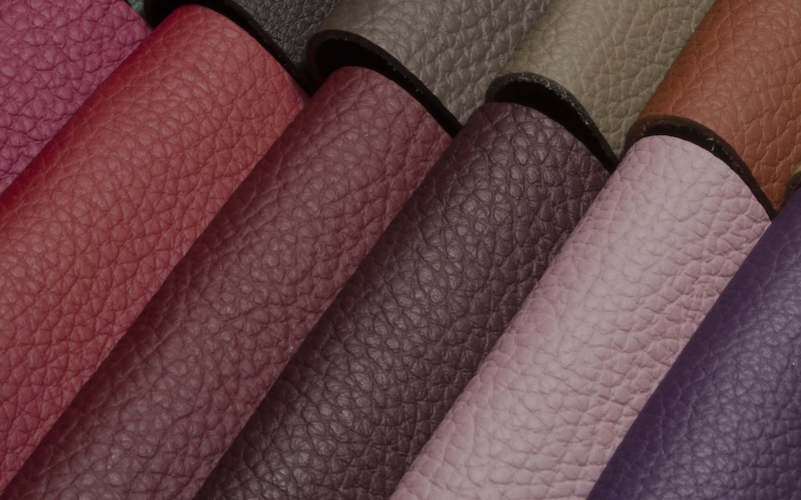
RE-WOOL by ORGANIC BASICS
Über eco Danish underwear brand, Organic Basics has new winter accessories made from recycled merino wool. This Earth-conscious brand has intercepted waste wool that would otherwise go to landfill by creating a range of cosy beanies and scarves. Virgin wool can have a costly environmental impact – from the vast amount of land it takes to raise sheep, to the water and chemical usage during production and dyeing. However, recycled waste wool is vastly different as it completely cuts out the dyeing process, saving water and chemicals.
Organic Basics only work with trusted, certified factory partners that have the same sustainable vision as they do. Never content with their level of sustainability, they aim to continuously reduce their environmental footprint. These factories also ensure that their workplace is free of child labour and forced labour. Their workers are in a clean and safe working space, paid a living wage, offered employee perks such as free lunch and childcare – and they are treated with respect at all times.
Organic Basics is also aware of the environmental impact of its website. In response to the carbon emitted by data transfer, the company created a low impact website. This alternative website reduces data transfer by up to 70% of the regular website. This means customers can shop and scroll to their heart’s content knowing that they’re saving power consumption.
Suffice to say, I’m a huge fan – You can read my previous articles about Organic Basics here and here.
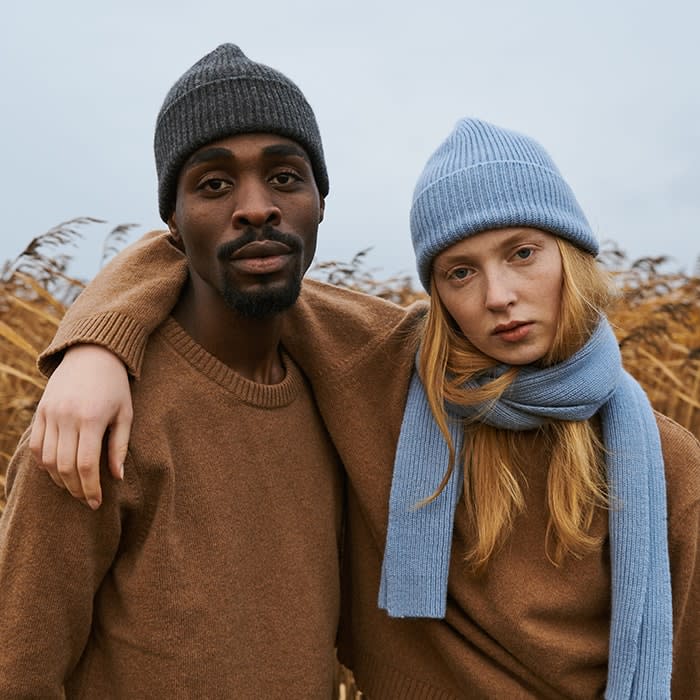
Sources: The Guardian | World Wildlife Fund

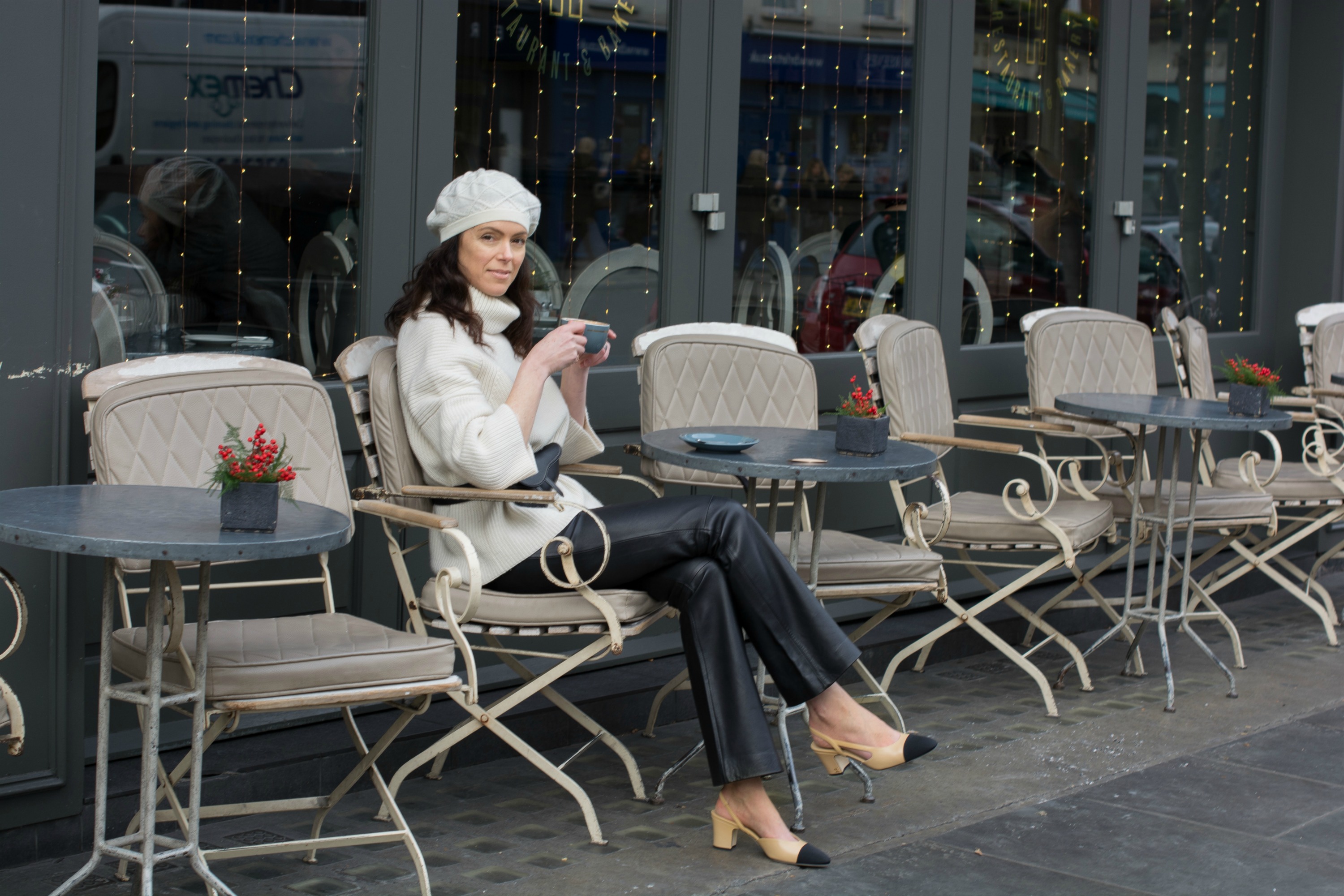
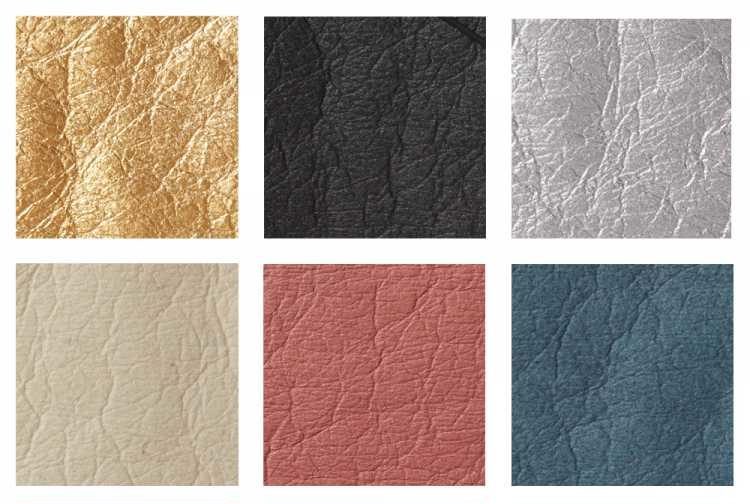

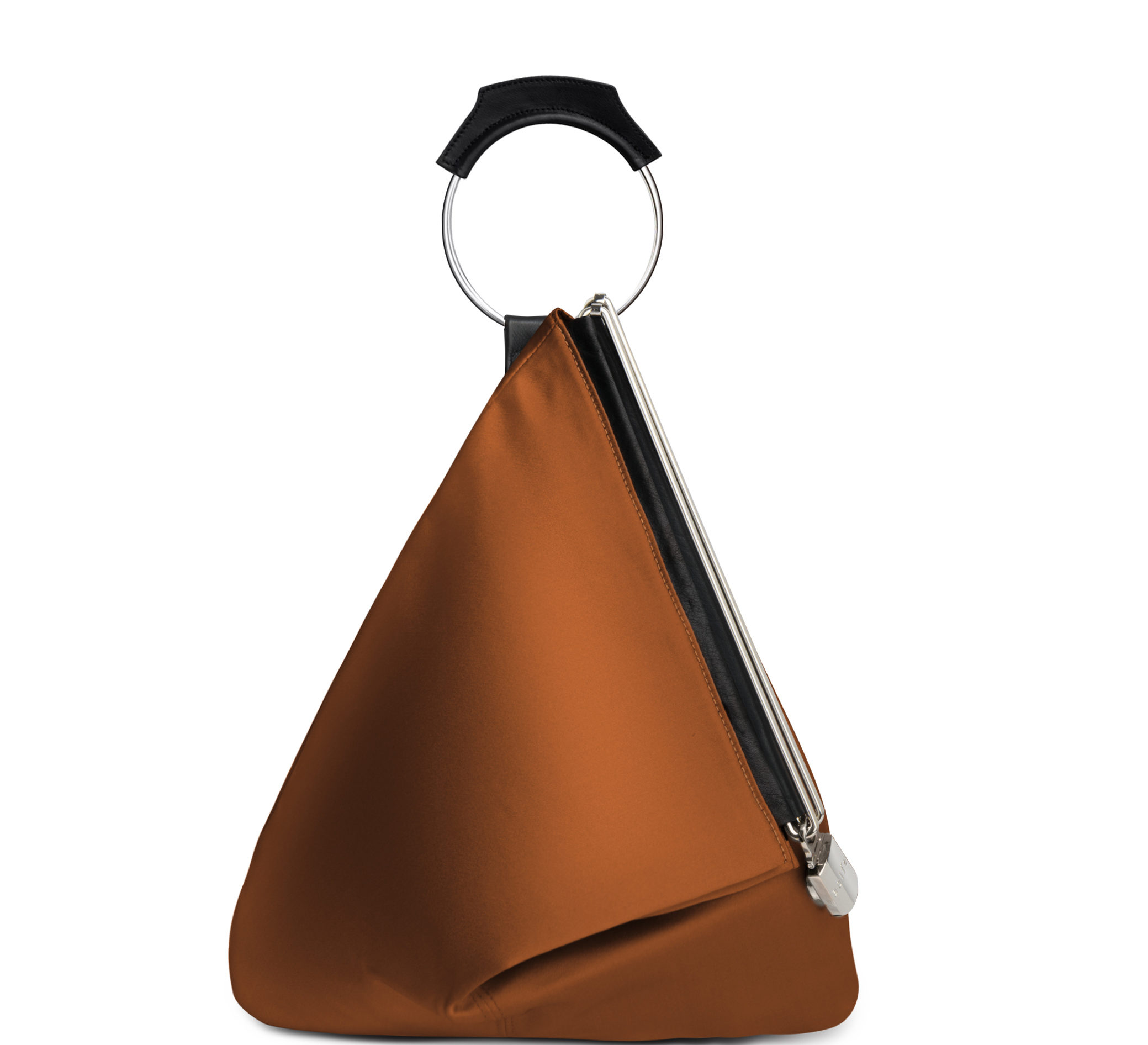
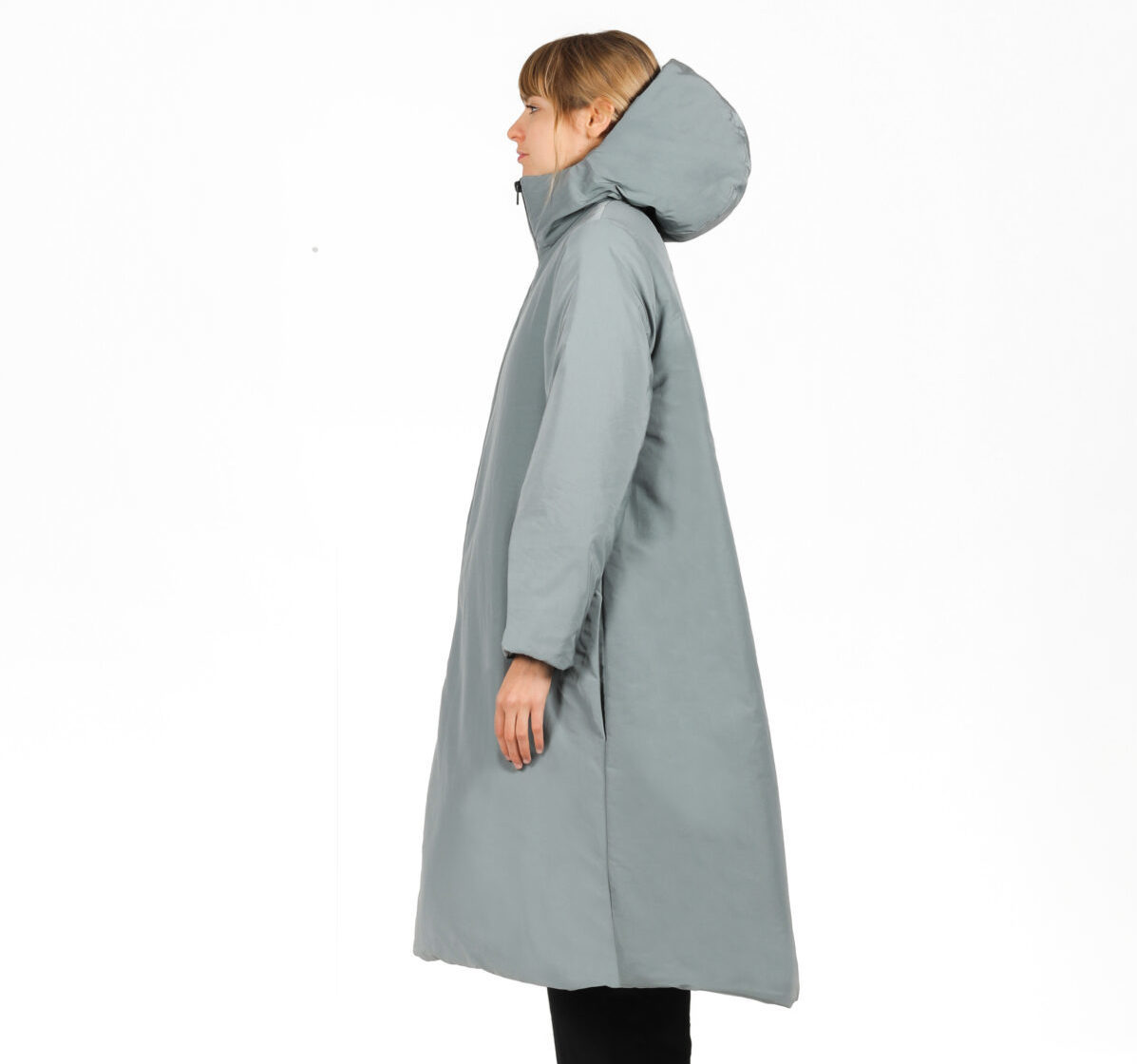
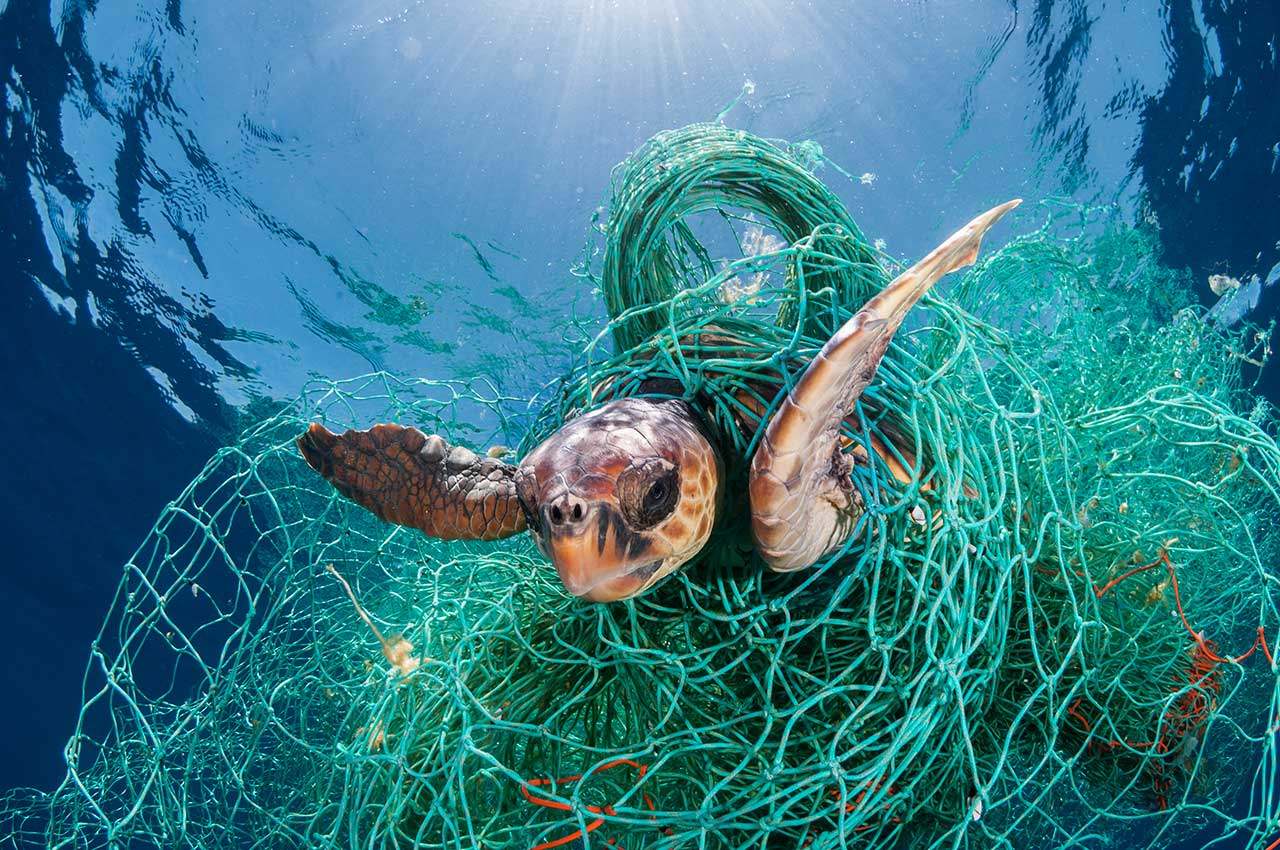
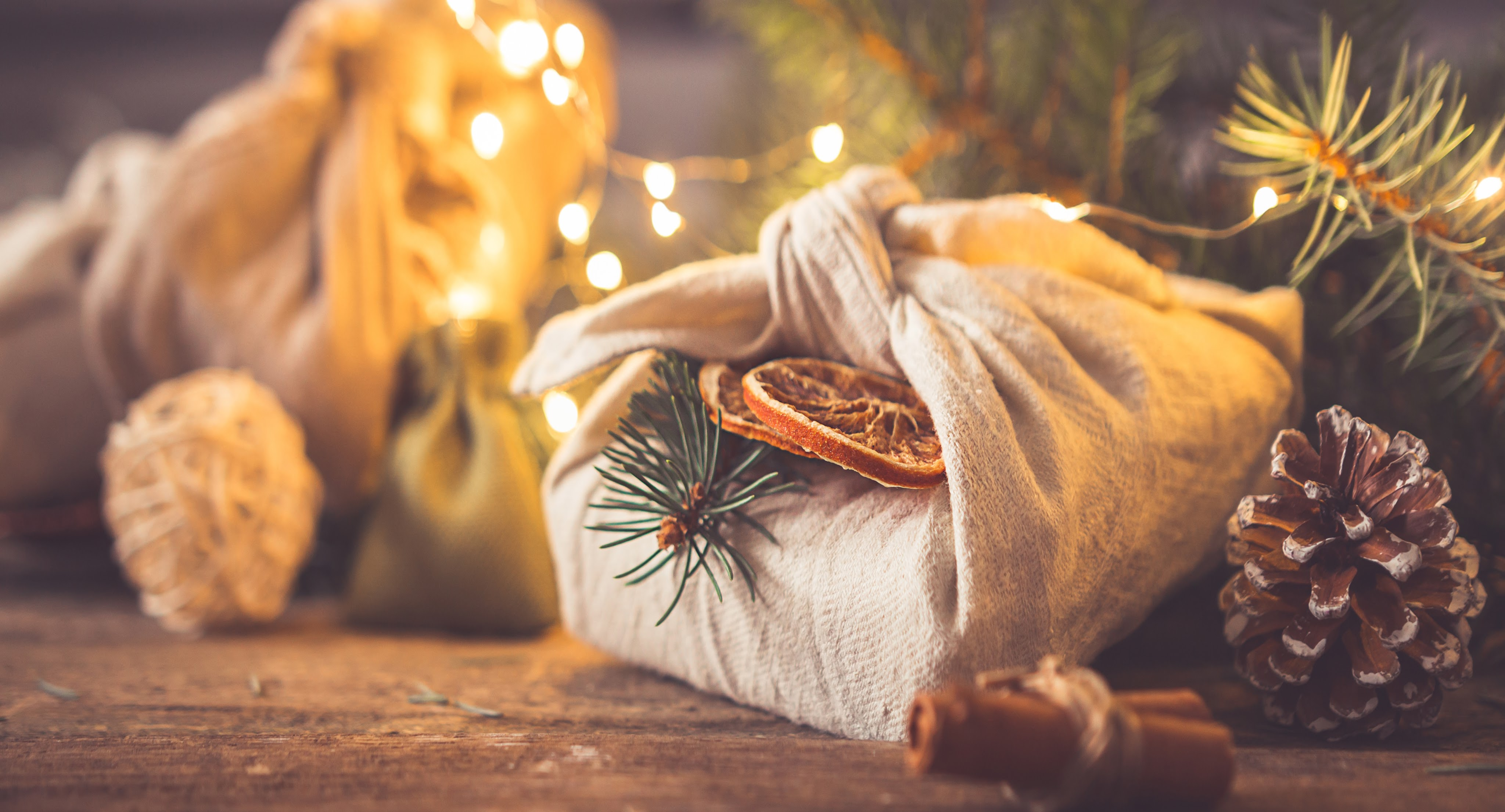

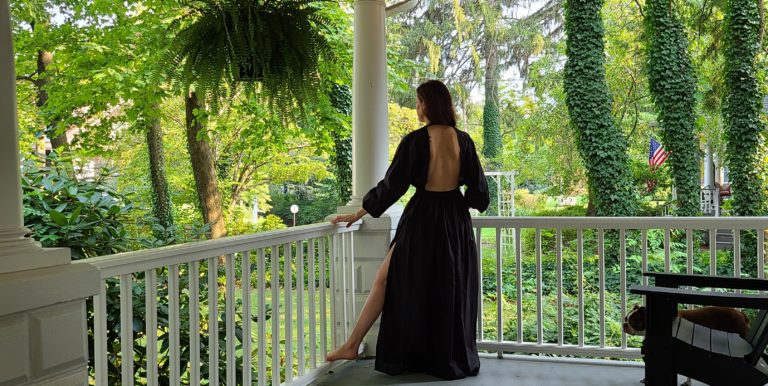
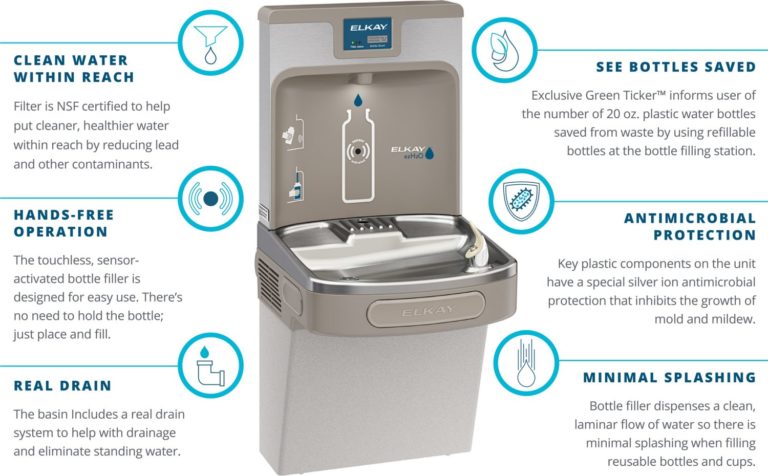
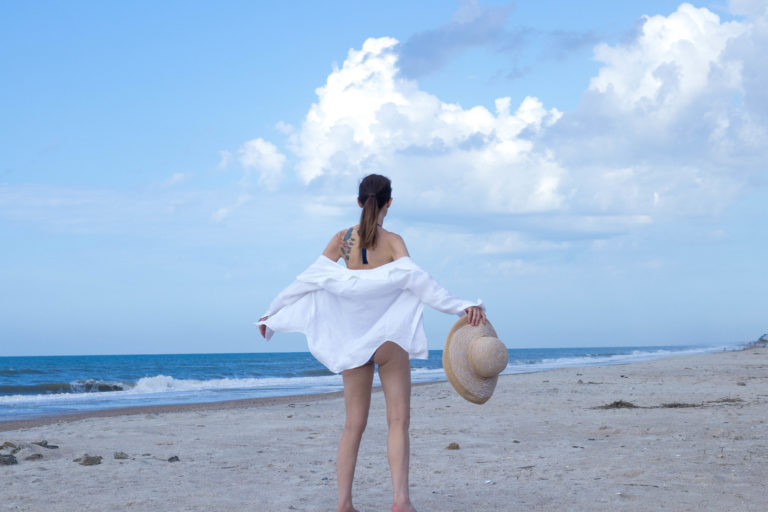
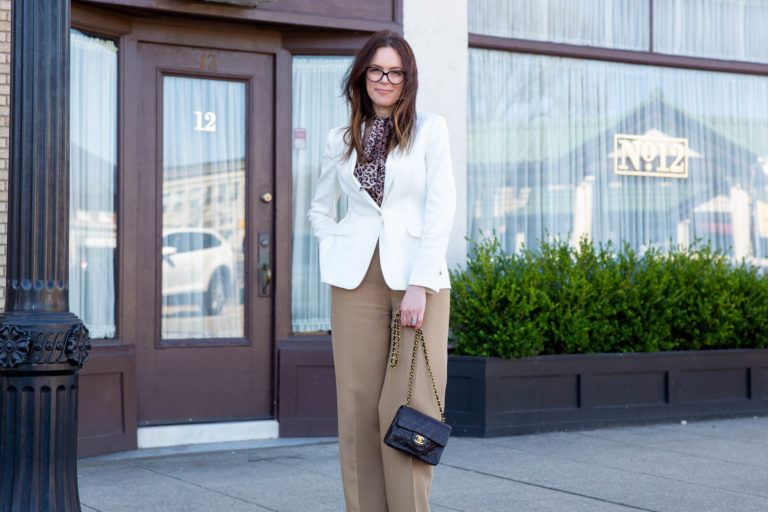
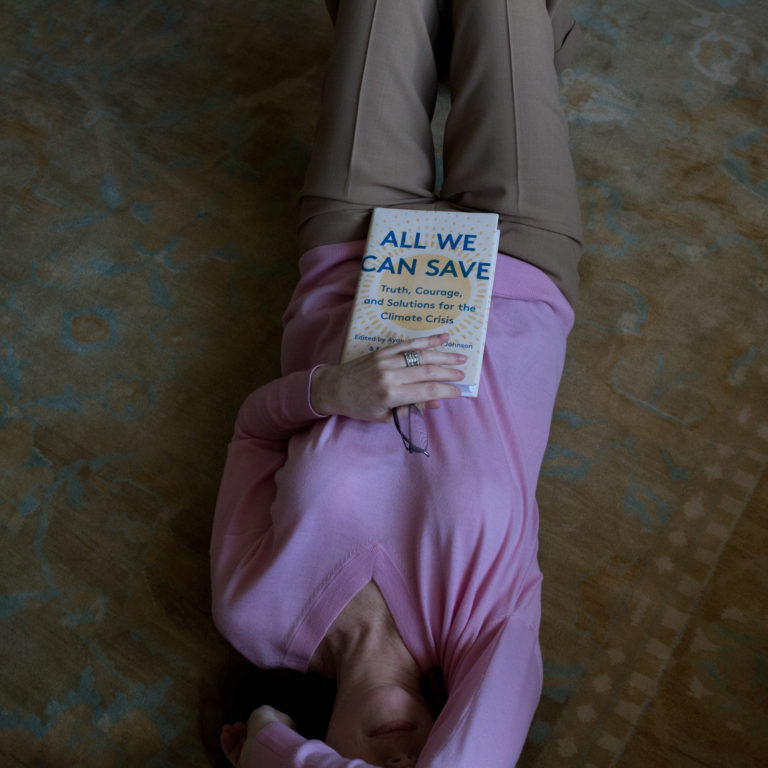
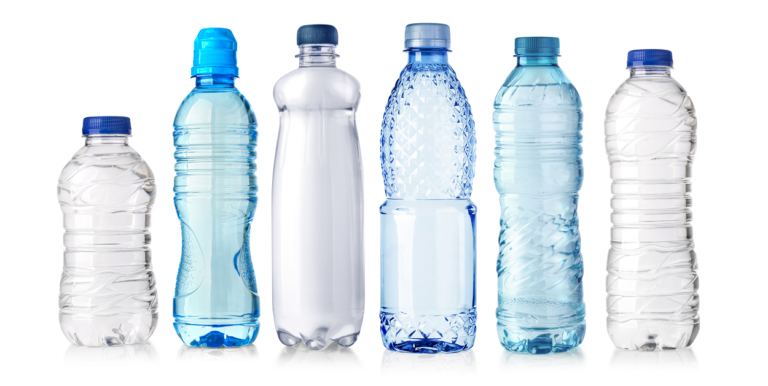
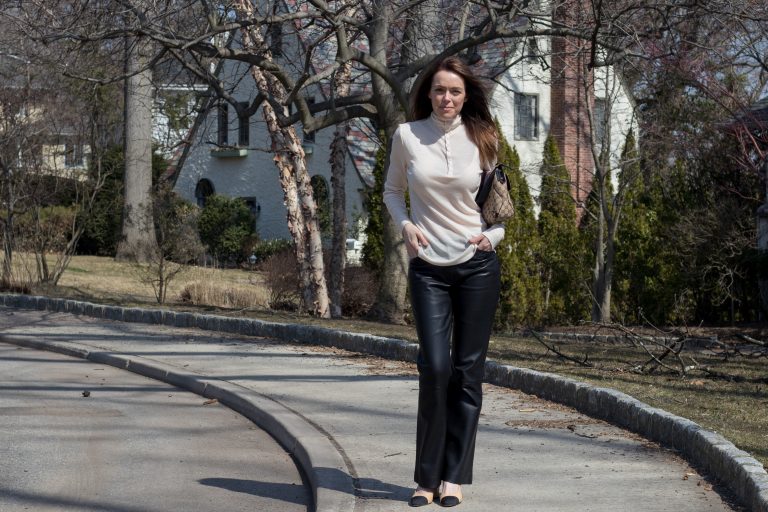
Comments ( 7 )
Lizzy
Wow! What a brilliant article Michelle. I had no idea that there are so many brilliant fabric alternatives. I love the idea of “leather” made from pineapple leaves. and the Milk fabric sounds like a fascinating concept. Thank you for always doing so much research to bring us such useful info xxx
Lisa the sequinist
Oooooohhhh this post gives me so much hope. I love seeing companies fill a TRUE NEED rather than the usual BS story of “Oh, I wanted a jumper and couldn’t find one I liked so just started a new line myself “(eyeroll).
I can’t believe how incredible that grapeskin looks, the colours and the texture really look amazing. I hope it isn’t long before these products are widely available. How exciting!!!
MT
I know what you mean Lisa. I often think to myself, here we go again another sustainable brand making more clothes we don’t need. There’s a fine line and I really don’t know where that begins and ends but I do know we produce too much. The trouble is, the companies that over produce have no regulation at all. It’s mental! As if we’d let the food industry self regulate. Yet the second biggest polluter on the planet can run rough shod on the economy and environmental protections? Erm no.
Abby
I’m happy to see that there are so many alternatives to leather. Just the other day I was telling my daughter if only there were good, lasting leather substitutes for bags and shoes I would switch immediately (plus, hopefully by the time I can afford a Birkin bag Hermes has launched Ecco friendly products 😉 just saying). Sending you lots of Love! Abby
MT
“hopefully by the time I can afford a Birkin bag Hermes has launched Ecco friendly products”
Geez I love you Abby, your comments always make me smile. So so soooo happy to hear from you my darling xxx
No Fear of Fashion
Your posts always give me hope. Hope for a better future. It is great to see all these alternatives. We need them.
Thanks for bringing this message.
Greetje
MT
Thanks so much Greetje. I feel great hope for the future, peppered with occasional anxiety that we’re taking too long but mostly it’s positive. We certainly have the answers and the money to implement them.